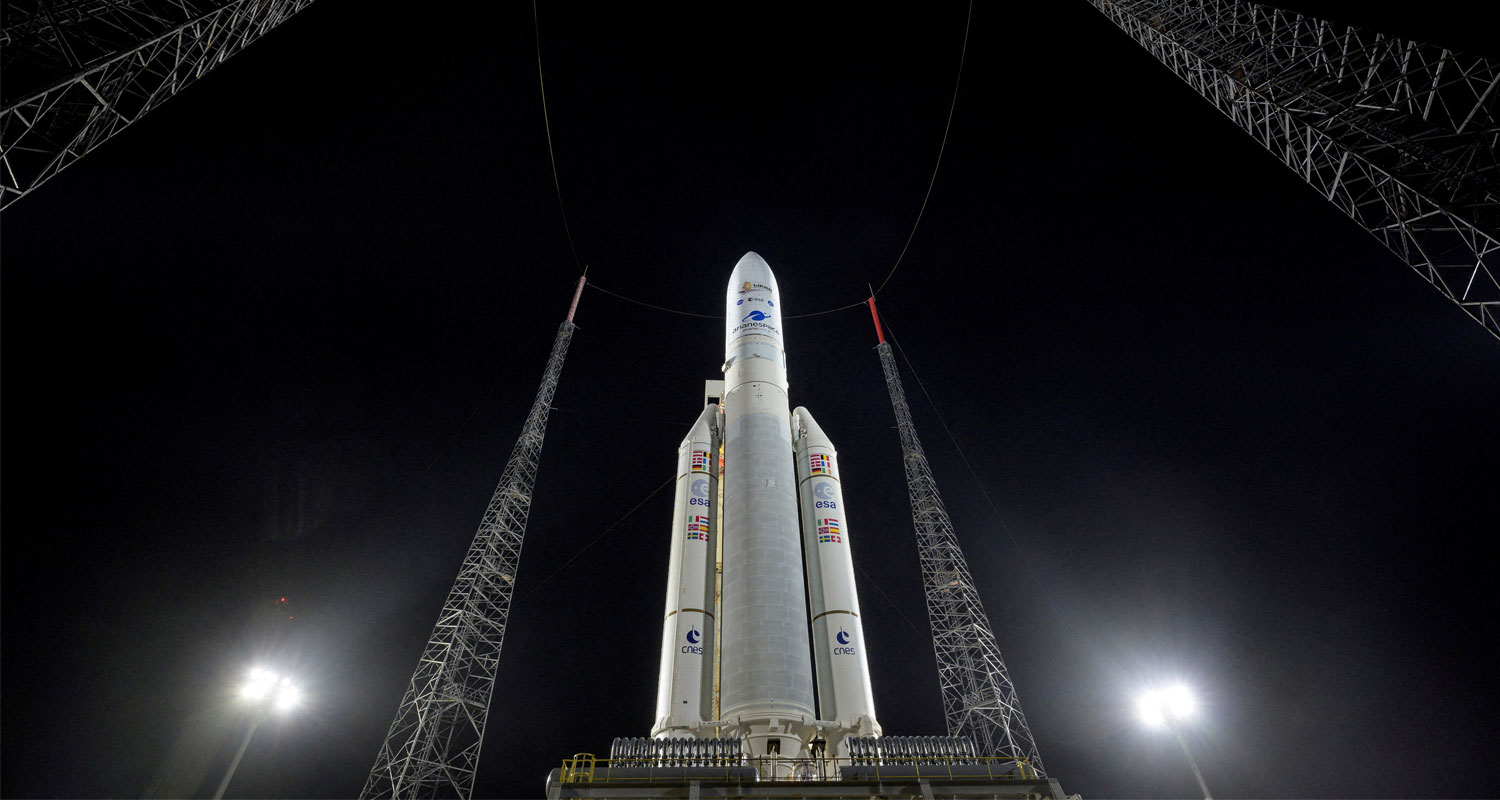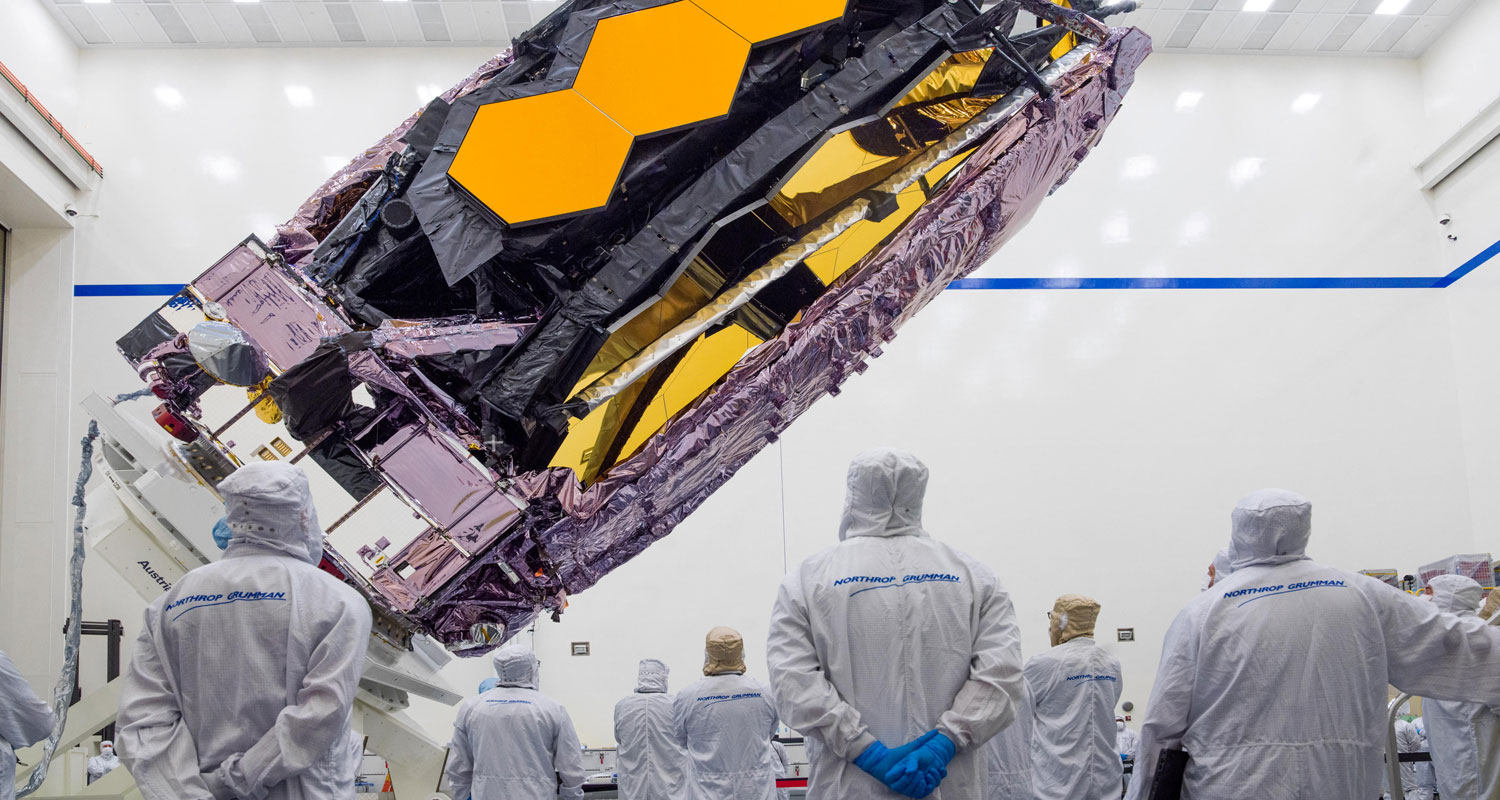
Drawing back the curtain to a photo gallery unlike any other, Nasa will this week present the first full-colour images from the James Webb Space Telescope, a revolutionary apparatus designed to peer through the cosmos to the dawn of the universe.
The highly anticipated unveiling of pictures and spectroscopic data from the newly operational observatory follows a six-month process of remotely unfurling various components, aligning its mirrors and calibrating instruments.
With Webb now finely tuned and fully focused, astronomers will embark on a competitively selected list of science projects exploring the evolution of galaxies, the life-cycles of stars, the atmospheres of distant exoplanets and the moons of our outer solar system.
The first batch of photos, which have taken weeks to process from raw telescope data, are expected to offer a compelling glimpse at what Webb will capture on the science missions that lie ahead.
Nasa on Friday posted a list of the five celestial subjects chosen for its showcase debut of Webb, built for the US space agency by aerospace giant Northrop Grumman.
Among them are two nebulae — enormous clouds of gas and dust blasted into space by stellar explosions that form nurseries for new stars — and two sets of galaxy clusters.
One of those, according to Nasa, features objects in the foreground so massive that they act as “gravitational lenses”, a visual distortion of space that greatly magnifies the light coming from behind them to expose even fainter objects farther away and further back in time. How far back and what showed up on camera remains to be seen.
Nasa will also present Webb’s first spectrographic analysis of an exoplanet — one roughly half the mass of Jupiter that lies more than 1 100 light years away — revealing the molecular signatures of filtered light passing through its atmosphere.
Entirely new light
All five of the Webb’s introductory targets were previously known to scientists. One of them, the galaxy group 290 million light years from Earth known as Stephan’s Quintet, was first discovered in 1877.
But Nasa officials promise Webbs imagery captures its subjects in an entirely new light, literally.
“What I have seen moved me as a scientist, as an engineer and as a human being,” Nasa deputy administrator Pam Melroy, who has reviewed the images, told reporters during a 29 June news briefing.
One unspecified image from the collection will be unveiled on Monday evening by US President Joe Biden at a White House briefing with Nasa chief Bill Nelson, the space agency said on Sunday.
The rest will be released as previously scheduled in a live broadcast and webcast on Tuesday from Nasa’s Goddard Space Flight Center with its European and Canadian space agency collaborators.

The US$9-billion infrared telescope, the largest and most complex astronomical observatory ever sent to space, was launched on Christmas Day from French Guiana, on the north-eastern coast of South America.
A month later, the 6.3t instrument reached its gravitational parking spot in solar orbit, circling the sun in tandem with Earth 1.6 million kilometres from home.
Webb, which views its subjects chiefly in the infrared spectrum, is about 100 times more sensitive than its 30-year-old predecessor, the Hubble Space Telescope, which orbits Earth from 550km away and operates mainly at optical and ultraviolet wavelengths.
The larger light-collecting surface of Webb’s primary mirror — an array of 18 hexagonal segments of gold-coated beryllium metal — enables it to observe objects at greater distances, thus further back in time, than Hubble or any other telescope.
Its infrared sensitivity allows it to detect light sources that would otherwise be hidden in the visible spectrum by dust and gas.
Besides a host of studies already lined up for Webb, the telescope’s most revolutionary findings may prove to be those that have yet to be anticipated
Taken together, these features are expected to transform astronomy, providing the first glimpse of infant galaxies dating to just 100 million years after the Big Bang, the theoretical flashpoint that set the expansion of the known universe in motion an estimated 13.8 billion years ago.
Webb’s instruments also make it ideal to search for signs of potentially life-supporting atmospheres around scores of newly documented planets orbiting distant stars and to observe worlds much closer to home, such as Mars and Saturn’s icy moon Titan.
Besides a host of studies already lined up for Webb, the telescope’s most revolutionary findings may prove to be those that have yet to be anticipated.
Such was the case in Hubble’s surprising discovery, through observations of distant supernovas, that the expansion of the universe is accelerating, rather than slowing down, opening a new field of astrophysics devoted to a mysterious phenomenon scientists call dark energy. — Steve Gorman, with Joey Roulette, (c) 2022 Reuters

